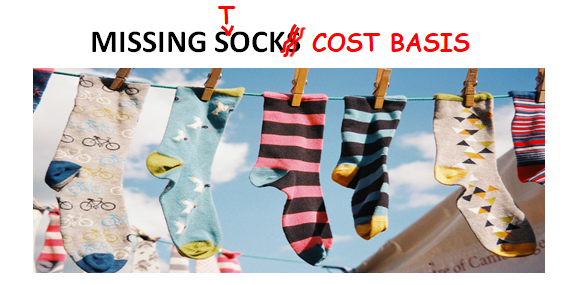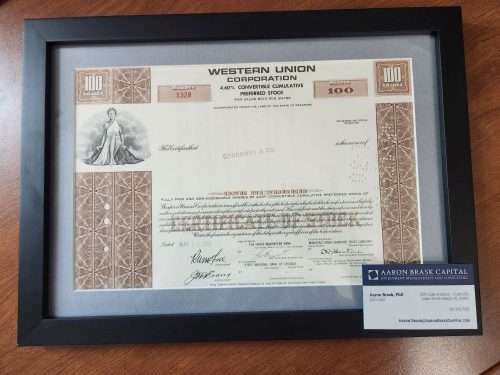
https://unsplash.com/@nickpage
Look for helpful documentation
Let's restate the situation: You have (or have sold) stock holdings but do not know the cost basis. I hope this section can help you address this issue. Failing that, I have dealt with this situation many times for my clients and would be happy to help you.
My first and most obvious recommendation is to try and track down the information. Where did these shares come from? If you purchased them, try to locate the original trade confirmations with the broker or custodian through which you placed the buy order. If you have any old statements or related documents, they could be helpful too.
- Original purchase trade confirmation
- Account statement for the period within which the purchase was made
- Any account statements after the purchase (sometimes cost basis data is included)
Like socks, this documentation often gets lost. So the next step is to check with the financial firm where the shares were purchased (or currently held). Even though it was not required, many firms still maintained records of these transactions. You may get lucky.
If you cannot find data regarding the original purchase, you might still find other helpful data points. For example, you may come across records that could be helpful if you end up estimating the cost basis. That’s right. If we cannot find actual documents or digital records that specify the cost basis, then you may just have to estimate. The next and last section below discussed this.
If you make a good faith effort to provide a reasonable calculation based on some sort of documentation, I think there is a good chance you will be fine. However, if you submit an estimated cost basis with no documentation and it gets challenged, then the IRS may require you to treat your basis as zero. That is, 100% of the proceeds from selling this stock would be considered capital gain and thus taxable.
Chances are you haven't found a record that precisely states what the total cost basis is (why else are you reading this). So you are probably not out of the hole yet as there is some work left to do. In particular, you have to use the data you do have and make some calculations to come up with an up-to-date total cost basis. That is the topic of the next section.
Related content
- Illustrating the Value of Retirement Accounts
- Quantifying the Value of Retirement Accounts
- Video discussions on my videos page
- My PDF guide entitled Sensible Strategies to Reduce Your Taxes
You may also learn more about me and my firm here:


